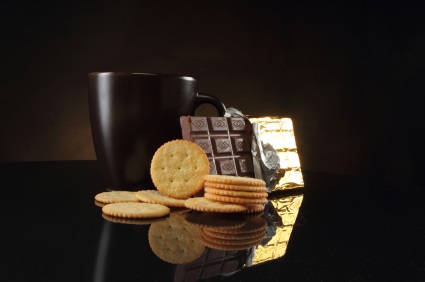Most people don’t reach for energy drinks unless they are drowsy and have exhausted their energy reserves. Others depend on a candy bar to get them past their mid-afternoon energy slumps. While we know that caffeine, ribose and glucose provide energy benefits, Bioenergy Life Science researchers recently became the first team to test these ingredients using a fatigue model. The goal was to assist product formulators by determining the best possible ingredient synergies. The exciting results may lead to changes in the ingredient ratios used in energy products.
“In previous studies, the effects of these ingredients were evaluated on people under normal conditions,” explained Alex Xue, Ph.D., executive VP & chief technology officer, Bioenergy Life Science. “What made this fatigue model experiment different was that it showed us what happens when you give caffeine and/or ribose to subjects who are already fatigued and have used up their energy reserves. That’s relevant because it is a more real-world example of how these products are used.”
How the study was conducted
For this study, researchers used a standard mice fatigue model. Previous research has shown that ribose and caffeine have similar impacts on mice and humans.
For three days prior to the start of the experiment, mice swam to the point of exhaustion so that their energy reserves were low. During the actual experiment, the mice swam in the morning and afternoon for three days. On the third day, their swimming time dropped more than 20 percent compared to their baseline average over the first two days.
On day four, the mice were fed their normal diet plus one of four treatments. Then their endurance was once again tested by how long they were able to swim. The results:
• Glucose only: Swimming time returned to about the same as their normal baseline average (100 percent).
• Caffeine only: Swimming time dropped, and became worse than baseline.
• Ribose only: Swimming time improved to 135 percent.
• 50/50 ribose and caffeine combination: Swimming time improved by 150 percent.
“In the second stage, we used different ribose/caffeine concentrations. We determined that the optimal combination – when translated into human equivalents – is 10mg/kg caffeine plus 4 grams of ribose. With this combination, we could boost swimming time to 180 percent! Though this is the optimal combination, it should be noted that lower doses of ribose also improve the swimming time,” says Xue. He added, “When the caffeine concentration was higher, the effect was negative. This could be because we were providing too much stimulant (caffeine) without base energy (ribose) to fill the order. This makes sense because we know that ribose helps the heart to relax, and a relaxed heart can function more efficiently. Caffeine, on the other hand, can make the heart more exhausted because it causes the heart rate to become quick and shallow.” Bioenergy Ribose was used in this experiment.
Xue says that human clinical studies will be conducted to further verify these findings.





